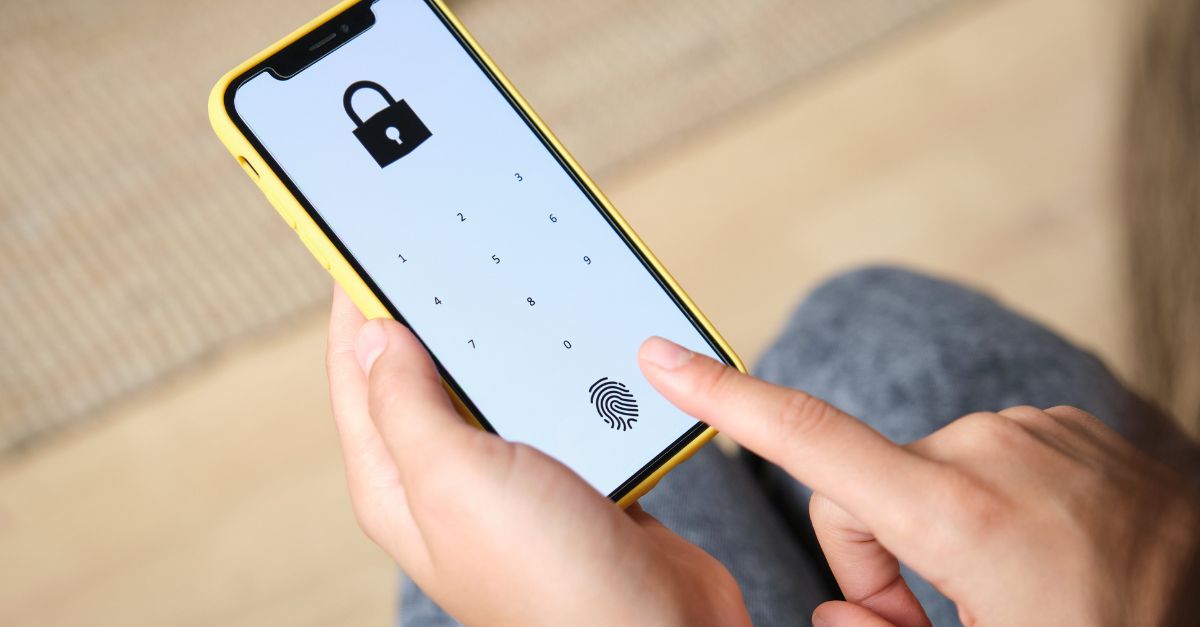Having the necessary data at hand is crucial in enhancing efficiency and productivity for teams. That is why file sharing becomes a necessity if teams are to work in collaboration to complete tasks and projects in a timely manner.
Ideally, file sharing should be secure and easy to exercise. At no point should it be a data security risk. However, it often is, sometimes without the parties involved realizing it. It all starts with an organization lacking a proper file-sharing policy that ensures data security. Employees then turn to use their knowledge to share the files, which in most cases turn out to jeopardize data security. It could be out of sheer lack of knowledge about the risks that come with unsecured file sharing. It could also be out of negligence or acting on the spur of the moment and failing to think of the bigger picture.
Whichever the case, unsecured file-sharing can be costly to an organization and should not be given a chance to prevail. In that case, here are 3 dangerous file-sharing habits that you should say no to.
1. Using flash drives
USB drives are among the easiest tools for completing file transfers. They are easy to carry around, and they come in handy when there is a need to send large files. All you need to do is plug the drive into the computer, save the video you want onto the drive, and ship it to the person that needs it. We all know that sending large files can be daunting, and flash drives do the job so well. You can also send large files through different software, such as MASSIVE, or other alternatives.
However, these tools often bypass the usual network security procedures once they are plugged in. That’s why they are the easiest target for malicious people wanting to infect computer systems with viruses. An infected USB drive can infiltrate the entire system within seconds. It is even worse when the computer being used is set to autorun without scanning the USB first.
In many organizations, using USBs comes with the territory. However, you can take the necessary security measures to ensure that they are not a risk to sensitive data. Ensure that there is a reliable antivirus in place. This should help in ensuring that the drives are scanned once they are connected to computers.
2. Sharing through email
Sharing files through emails almost comes naturally to most people – it’s generally reliable, work instantaneously, and is a tool we all have access to. However, emails aren’t as safe as we think. Technically, an email has to pass through a mails server before getting to the other person. That makes it vulnerable to malicious people who can sniff the network between you and the mail server. In addition, anyone with access to immediate mail servers can view the files easily. This makes the data vulnerable to theft. You have probably heard of identity theft, and how costly it can be to individuals whose sensitive data lands in the hands of malicious people.
Emails will always be a part of the file-sharing regime for organizations. However, it is good to be cautious especially when sensitive data is involved. It is wise to encrypt the files before sending them via email. On an organization level, there are protections you can put in place such as S/MIME (Secure/Multipurpose Internet Mail Extensions) which allow users to digitally sign and encrypt emails.
3. Peer-to-Peer sharing
Peer-to-Peer file sharing is where systems connect over the internet, allowing file transfer. They have become very popular in modern society. However, they can be dangerous if the people involved aren’t careful.
We have all heard that we should avoid clicking on malicious looking files to avoid virus attacks. But, a Trojan virus can be disguised as a genuine file, only to cause havoc when you click on it. The software can also come bundled up with adware or other malware, which can affect your computer. In addition, P2P file sharing exposes your entire system to the internet. If the P2P software happens to be misconfigured, you risk your data ending up on the P2P networks through the loophole. This means that anyone using the network can have access to that data.
Before starting to use such free software, it is important to ensure that it is configured correctly to avoid any loopholes. In addition, you should have an antivirus in place to protect your system from infections.
Conclusion
As said earlier, employees tend to turn to their own measures when there are no clear guidelines on how to send files. It is the duty of the IT department to draft a file-sharing policy, which every employee must adhere to. In addition, it is good to adopt a secure file sharing solution in the organization. One that allows the administrator to give user permissions is better as it can keep a record of users for audit purposes.
Note: This blog article was written by a guest contributor for the purpose of offering a wider variety of content for our readers. The opinions expressed in this guest author article are solely those of the contributor and do not necessarily reflect those of GlobalSign.







